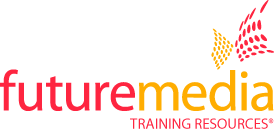T.D. Williamson shares its Emergency Shutdown Valve Replacement Case Study, with a goal of improving platform safety.
We've all been taught that sharing is good.
In the offshore oil and gas pipeline industry, sharing knowledge is more than good practice. It's essential.
Not only does the exchange of ideas strengthen the industry as a whole, having the appropriate information at hand can mean the difference between success and failure, process safety and incidents, money saved and money squandered.
Through conference presentations, white papers, and case studies, operators and service providers are bringing to light highly specialized solutions to some of the industry's most pressing needs. For offshore pipeline operators, that includes intense pressure from regulatory bodies to prove and meticulously maintain the structural integrity of their networks. As a result, improving the efficiency of platform valve replacements has become a top priority.
The case study, authored by T.D. Williamson (TDW), describes how a recent double block and monitor isolation achieved multiple goals for the operator, including:
- Enabling the safe replacement of three valves on a key section of the platform's gas export pipeline without having to bleed down the entire line.
- Allowing continuous flow through multiple downstream connections.
- Reducing production loss to an absolute minimum.
- Minimizing downtime.
Rolf Gunnar Lie, an offshore oil and gas operations specialist for TDW, sees resources like the ESDV replacement case study, which is part of the company's #OperationOffshore initiative, as a way for the industry to share experiences, build a more comprehensive knowledge base, and educate the next generation of oil and gas professionals.
"Today, solutions to operational issues are highly specialized, and it's not always easy to know what will be the best fit," Lie says. "The industry should always find ways to share new technology and methods to carry out repairs without compromising safety. We must also ensure that this information is collected, cataloged, and made accessible to all who can benefit."

